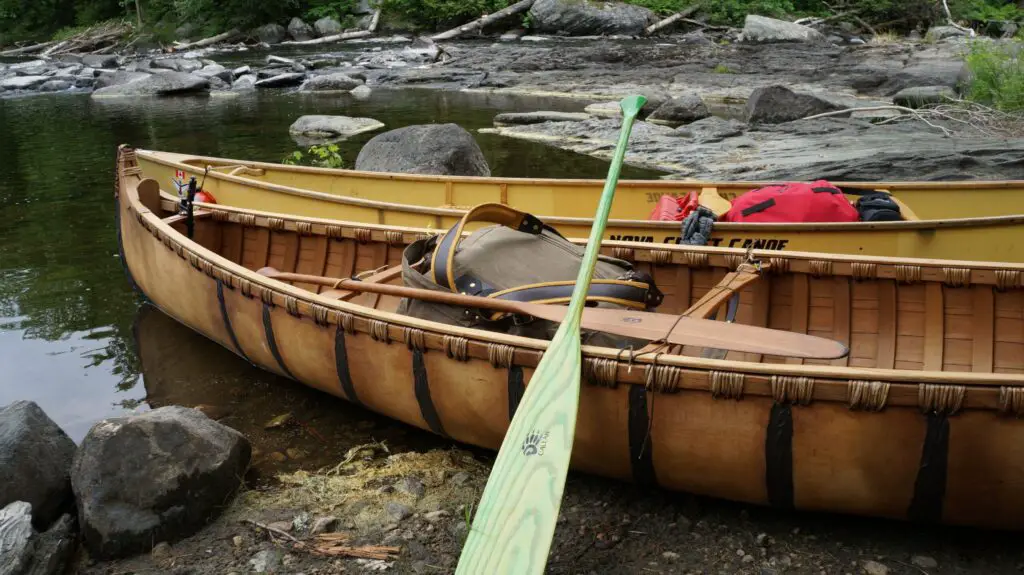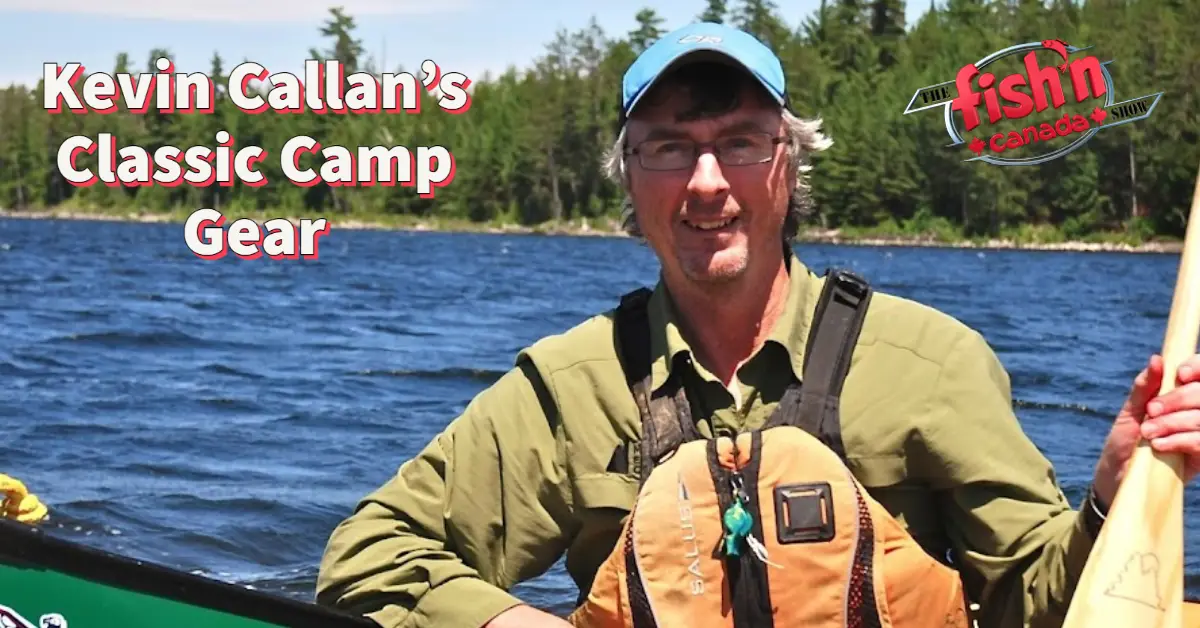Maybe I shouldn’t have cleaned my gear shed. Finding a camp mug I’d used back in days of my high school “outers club,” or watching VHS tapes of past camping trips, really got me thinking.
It’s obvious that things change. It’s a natural process. Heck, twenty years ago I had a mullet and wore John Denver glasses. Take camp gear for example. We’ve come so far since the days of aluminum canoes and leaky, moldy canvas tents. Everything is lighter and more luxurious. We’ve embraced new technology when it comes to roughing it.
We also seem to dwell on the traditional, however. It’s what we label “classic” camp gear. I found lots of it in the attic. I’m not talking about kerosene lanterns or those blue-foam sleeping mats. All that went in my junk pile. I’m talking about gear that’s been proven over time; items that have become so commonplace there’s no need to replace it with anything new or techier.
The camp stove is a good example. In 1881, Frans Wilhelm Lindqvist designed the first kerosene cookstove and sold it under the name Primus. It was originally just sold to friends and family, but eventually, the stove’s popularity grew and was mass-marketed by B.A. Hjort and Company (Bahco) for being cheap, durable, smokeless and sootless.
The device boiled water in less than four minutes. Optimus AB, a company in Sweden that developed the first stove to be used specifically for camping in 1899, bought the rights of Bahco’s Primus stove in the early 1960s. Even though models and fuel types may have changed somewhat since then, little has changed in the basic design.
The Swiss Army Knife has changed little as well. In 1884 Karl Elsener invented a pocketknife, which was approved by the Swiss Army and became an instant success. Thirteen years later Elsener patented another pocketknife that opened on both ends, containing six separate blades and required only two springs. Elsener called it “Officer’s Knife,” but we know it today as the Swiss Army Knife.
In the early days of his company, he narrowly avoided bankruptcy by having relatives hand over some money and the knife itself never really became an official part of the army’s equipment. Its popularity grew by officers in the Swiss Army buying their own, and soon Elsener was able to pay his relatives back the money owed.
The Swiss Cross has been on the handle since 1909, the same year Elsener’s mother Victoria died, giving the company’s official brand name. And when stainless steel was produced in 1921, Elsener added the international description for metal, “inox,” altering the brand-name to Victorinox. Over 34,000 Swiss Army Knives are produced annually, in 100 different variations — but all are based on the original patent.
In 1900, a salesman named W.C. Coleman saw the potential to use a pressurized gasoline-burning lamp rather than a normal coal-oil lamp to light up a store window. He bought the patent a year later. It was a slow start, but by 1914 he improved on the lamp, making it so popular, especially in rural areas without electricity, that the U.S. government declared the Coleman lamp a “necessary item.” And it still is today in campgrounds across North America.
The canvas pack, or more commonly known as the “Duluth Pack,” has been labelled by some canoeists as the most traditional canoe pack. Their claim is hard to beat. After all, it’s original patent, by Camille Poirer, dates as far back as 1882. Poirer was a French-Canadian who traveled to Duluth, Minnesota in 1870 and became a shoe-store owner.

In 1882, he filed for a patent for a packsack complete with a buckled flap, fancy leather shoulder straps, a conventional tumpline, a new-age sternum strap and even an umbrella holder. Poirer sold the pack business to the Duluth Tent and Awning Co. in 1911, which continued on with the design, as well as canvas tents attached to cars that became the first mobile homes. Woods Canada also produced a similar style to the Duluth pack in 1909. Both styles haven’t changed much since.
The first dome-style tent was developed after three friends — Murray Pletz, Jan Lewis, Skip Yowell — had their A-frame tent ripped to shreds during a fierce storm in 1972. They went home, learned from their bad experience, and formed a company called JanSport to produce a freestanding dome-shaped tent, held together with three bendable intersecting poles.
So, my hairstyle may no longer be “business in the front and a party in the back,” but I’m still shouldering a canvas pack and pocketing a Swiss Army Knife. “Classic” camp gear isn’t something that’s come back in style; a type of retro-fad. It’s a piece of gear that’s proven it’s worth time and time again.





